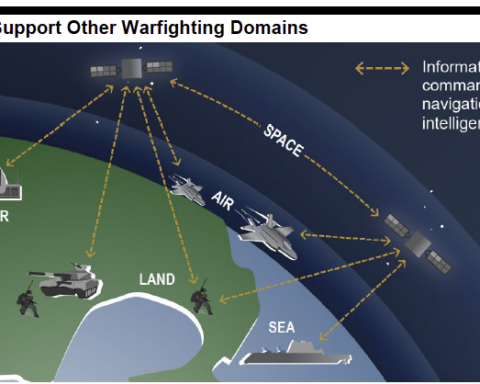
GAO Report on Military Space Command and Control
The following is the June 8, 2023, Government Accountability Office report, Space Command and Control: Improved Tracking and Reporting Would…
Copyright 2024 U.S. Naval Institute. All Rights Reserved.